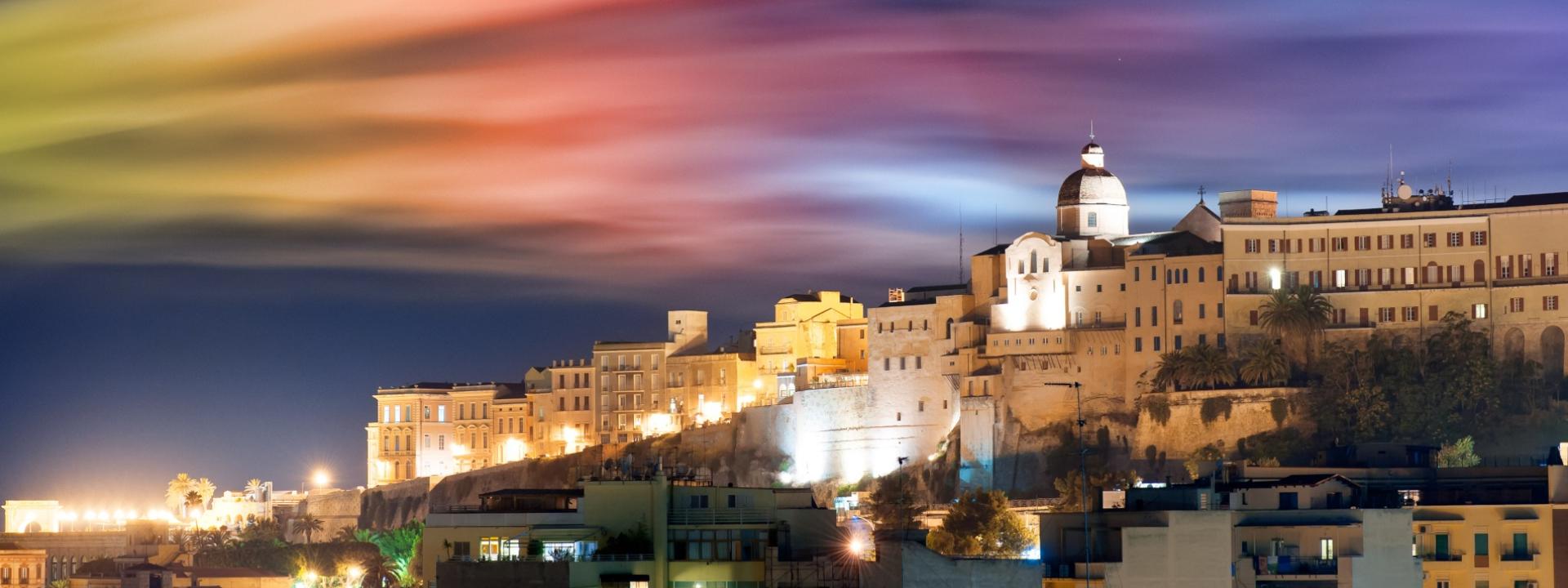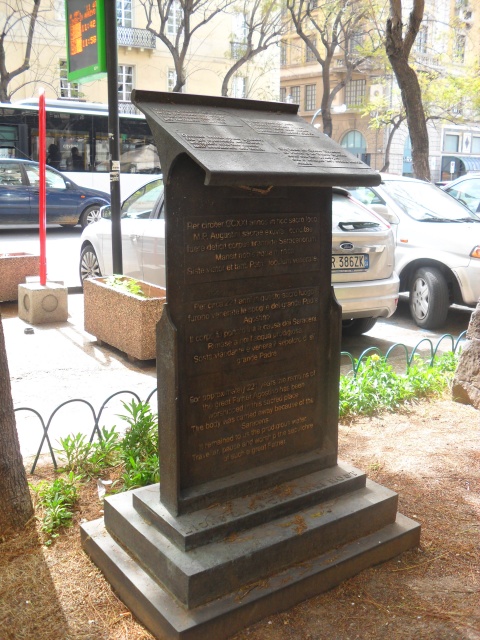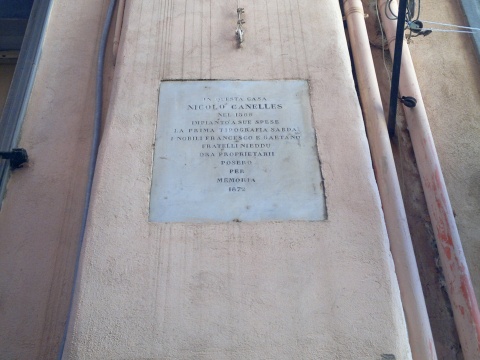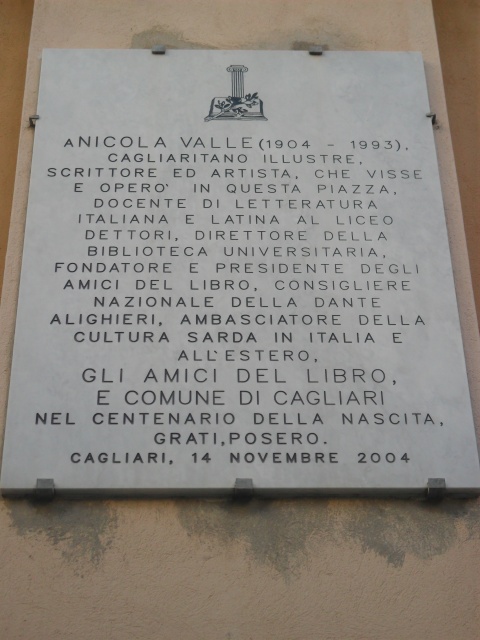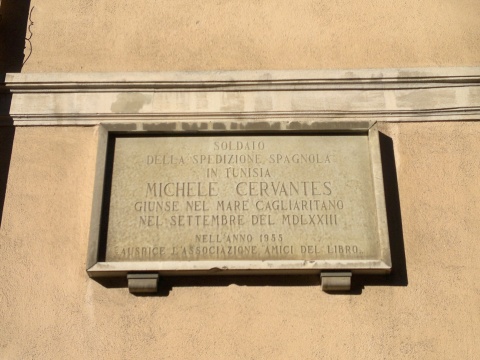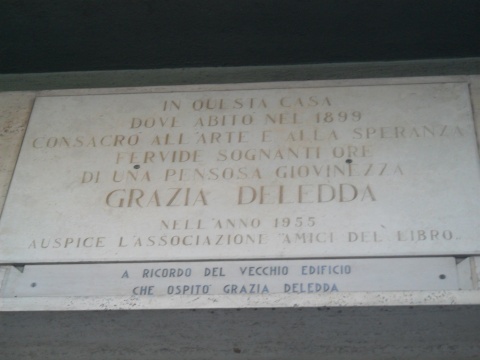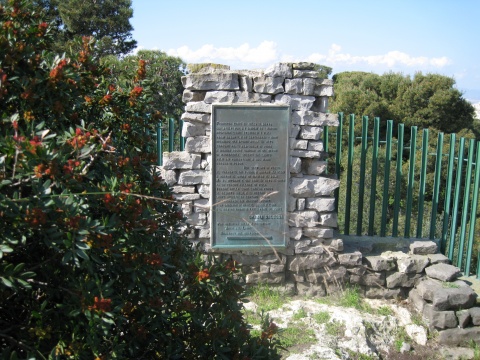B&B Le Pavoncelle
In Cagliari The rooms of B&B Le pavoncelle (double also use single) have each of them, en suite bathroom (with shower, hairdrier, set 3 towels a person, soap, shampoo, showergel), TV LCD, heating, air conditioning, safe, internet wi-fi.
The rooms of B&B Le pavoncelle have each of them, en suite bathroom (with shower, hairdrier, set 3 towels a person, soap, shampoo, showergel), TV LCD, heating, air conditioning, safe, internet wi-fi.
It's Borns in the mars 2009, it is in the centre of Cagliari, in the area 'Park of Monte Urpinu', one of the most prestigious zone of the city.
A few minutes far from the beach of Poetto and Calamosca, and from the central Square Repubblica, and 10 minutes far from the Historical center.
Bus stop in front of the B&B.
Services included in the price:
- Rooms with en suite bathroom
- Breakfast sweet and salty (milk, coffee, capuccino, chocolate, tea, fruit juice, yoghurt, herb tea, barley, honey, jam, nutella, bread, cereals, rusks, snacks, croissants, fresh fruit, raw and cooked ham, cheese).
- Set 3 towels a person
-1 towel for the sea a person (for minimum stay of 2 nights);
- Use of coffee machine and milk, capuccino, tea...during all day
- Use microwave
- Use 1 floor of the fridge
- Living room
- Room of breakfast
- Internet wi-fi inside the B&B
- Internet point inside the B&B
- Private courtyard with tables and chairs
- 1 car parking, for middle car, to verify it at the moment of booking
- You can smoke outside, in the courtyard
- Deposit bagages after check out
- Fax and fotocopy service
- Iron
- Laundry machine
- We give you the keys of the B&B, there is no limit for coming back
- Use bikes (not professionals)
- Bus maps, calendar events
- Spoken languages: English, French, Spanish
- Cleaning room: every days, except on sunday and festivities
- Change towels: every 2 days
Change sheets: twice a week
Services not included in the price:
- Supplementary bed or little bed: euro 20, 00
Outside the B&B there is free car parking.
Many shops near the B&B, and 2 restaurants pizzerias, bars, markets etc. .
Check in: from 9: 30 a. m to 19: 00 p. m. (except different agreements)
Check out: within 10: 30 (except different agreements)
Cleaning rooms 3 all days, except on sunday, and festivities; change towels every 2 days; change sheets twice a week.
B&B Le Pavoncelle
B&B Le Pavoncelle
Via Dexart, 4

Add new review
Your review will be visible after approval by the editors
To post a review you must be an authenticated user.
Log in with Social Login
